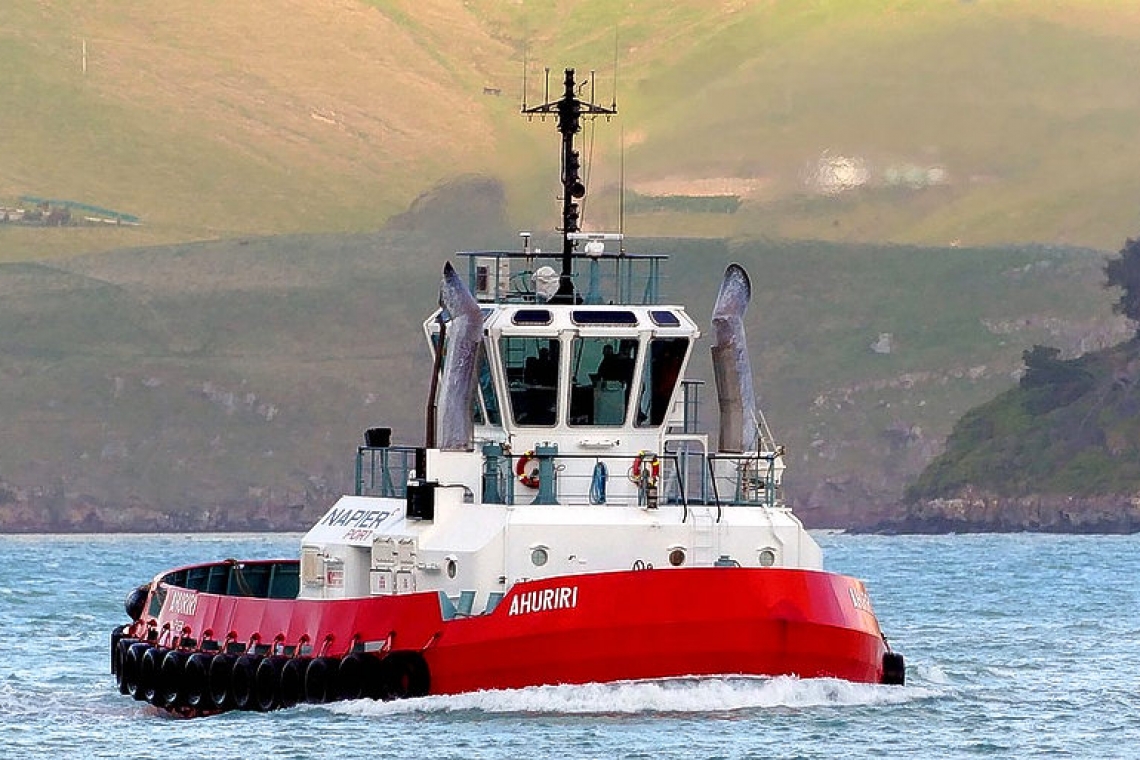Tugboats (or simply “tugs”) are special kinds of boats used to help other boats move around. A tug can push and pull boats, either by being alongside the other vessel, or by using a long tow line.
This helps boats that manoeuvre themselves – sometimes this would be in a harbour or canal, or even out in the open sea. Tugs also pull barges, as barges have no engines to help them move.
Barges carry lots of heavy equipment, sand and gravel. On St. Maarten, sand is needed to build houses; it is used in making cement. But we need to import sand from places that have rivers, where sand can come from. When building, we need river sand – not sea sand, because that has salt in it.
Tugs are also used to move oil platforms around in the sea. These big square platforms need to be placed in the exact right spot, so the drilling for oil can take place. Sometimes, three or four tugs are used at one time to help move these huge platforms.
Tugs are powerful for their size, and strongly built. Tugs are not very big boats, but they are very sturdy because they have so much heavy work to do. Some tugs are built to move through ice that other ships can’t go through, so they are used as icebreakers.
Sometimes, you may see a picture of a harbour when a ship is arriving back. The ship may have a lot of special people aboard (like military men who are welcomed home as heroes). The ship will sail/motor through huge waterfalls that are sprayed from smaller boats.
These smaller boats are tugs that have firefighting equipment on board. These fire-tug boats are there to help put out fire on land: fires in dockyards or tall waterside buildings. Tugboats that are used on the sea are much bigger than those used in harbours and canals.
The first tugboat ever built was called the Charlotte Dundas, powered by a Watt engine and paddle wheel. It was built in 1801 and used on the rivers in Scotland. Today, most tugs have diesel engines.
She had a steam engine and paddle wheels. Steam tugs were then built to be used in almost every big port around the world. They are especially used to help push a big ship up to the dock when berthing. Sometimes there is a strong current or strong wind, and the ship just can’t manage on its own. The heavy tugboat is called in.
Today, the two kinds of tugs used in maritime transportation are called “rope boats” or “wire boats”. This means they are given the name depending on the kind of tow rope they use. Either a wire cable is used to pull other vessels, or a “rope hawser” is used. A hawser is a very heavy, thick strong rope.
Tugboats have to be built very strong and they need very thick, strong fenders all around the boat. These are usually made with thick rope. They have to have fenders so that when they are pushing other less-strong boats, they don’t dent the other vessel, or put a hole in the hull.
The front of the tug is the bow and the name of the fender on the front is called the “beard”. Today many of the fenders on a tug are made of a kind of rubber that will not wear through very quickly.
There is always a captain on a tugboat. The captain needs to have leadership skills, be a team player, pass special tests, and do many sea-time hours before being able to get a job on a tug.
The second-most important position is that of the mate. The mate has to work well with the captain, and is in charge of the overall navigation and towing on the boat. The mate needs to know how to be a firefighter and use the equipment on board the tug.
Whenever there is an engine on a working boat, the boat needs to have a qualified engineer on board, too. Other crewmen may also be working on board the tugs, depending on the size and weight of each boat.
Would you like to be a tugboat captain, mate or engineer one day? You will need to pass your standard at school every year and learn how to be on the water in a vessel. You are lucky to live on an island; there are plenty of opportunities to learn about the sea and lagoons on the island.
Have fun while learning!







